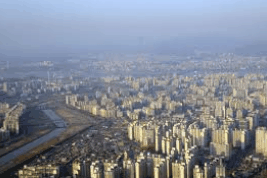
The Financial Times yesterday published an interesting article on the South Korean Government’s attempts to reinflate the housing market, which has stagnated over the past year or so and is beginning to weigh on consumption expenditure.
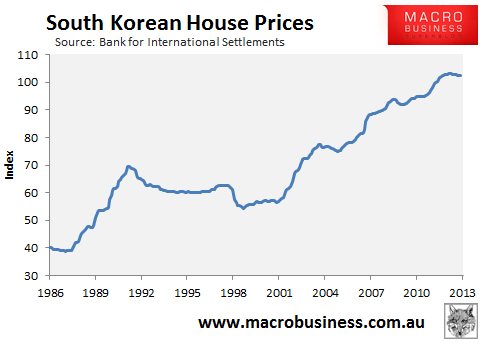
According to the Financial Times:
South Korea’s protracted housing slump is causing a headache to its new government. President Park Geun-hye faces a challenge in boosting stagnant property prices, which has been holding back domestic consumption in Asia’s fourth-largest economy.
South Korea’s house prices have been flagging… [and]… are showing no signs of recovery this year with the economy forecast to grow only 2.8 per cent after last year’s estimated 2.0 per cent expansion…
There is growing speculation that the government may remove mortgage lending restrictions and extend tax breaks for home purchases. The country’s top financial regulator recently denied such speculation but the government is set to announce some measures at the end of this month to prop up the market.
However, analysts predict that it would not be easy for the government to reverse the trend…
Like many other nations, the Korean population is ageing rapidly, which is likely to drag on housing over coming decades. South Korea averages only around 1.2 children per adult, which is one of the lowest birth rates in the world. Reflecting this low birth rate, the ratio of workers per dependent is projected to peak in 2015 before falling sharply (see next chart).
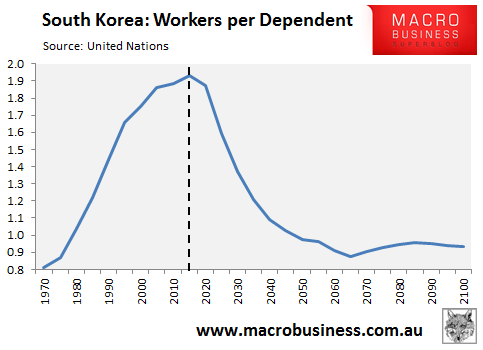
South Korea’s high household debt is also likely to constrain any housing recovery. According to the Bank of Korea, household debt to disposable income is tracking at around 135%, whereas South Korean house prices are expensive, currently valued at around six times incomes.
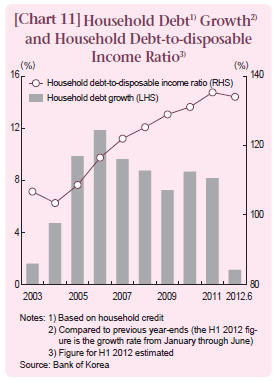
Nevertheless, with Koreans holding around 80% of their wealth in housing, compared with around 50% in most developed nations, injecting life back into the housing market will be vital if there is to be a recovery in both consumer sentiment and private consumption spending, both of which have fallen sharply since 2010, according to the Bank of Korea (see next chart).
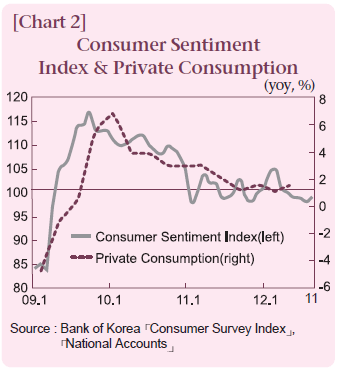
Finally, attempts to bolster economic growth via igniting a construction boom are also made more difficult by Korea’s restrictive planning system which, like the UK, has encircled its major cities with binding green belts that limit urban expansion and raise land values. The result is a housing supply system that is likely to be far less responsive to government policy and stimulus efforts aimed at boosting construction.

